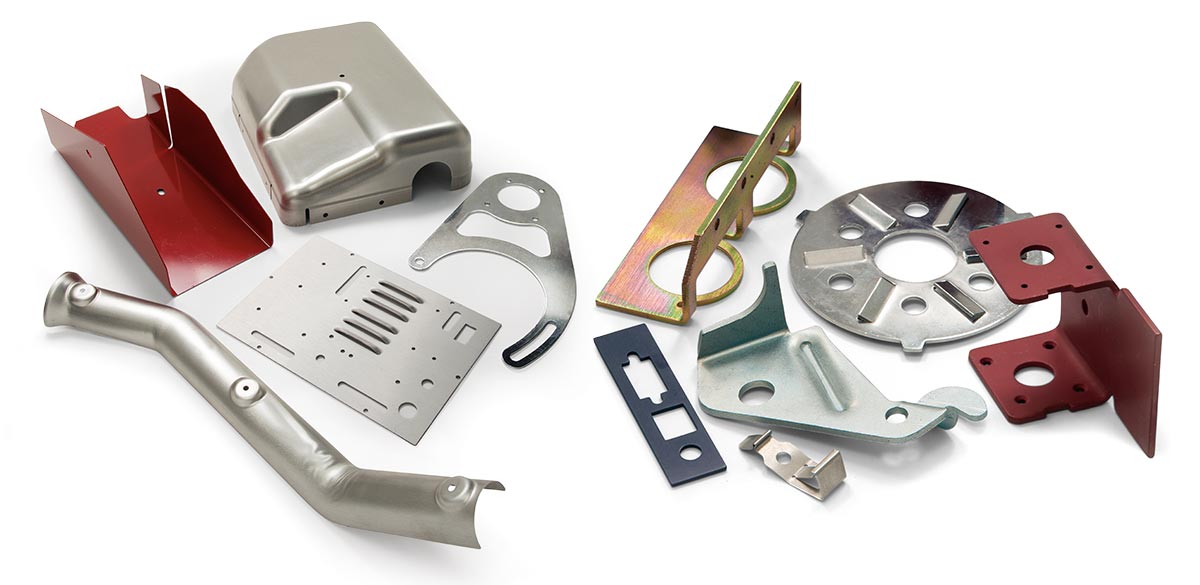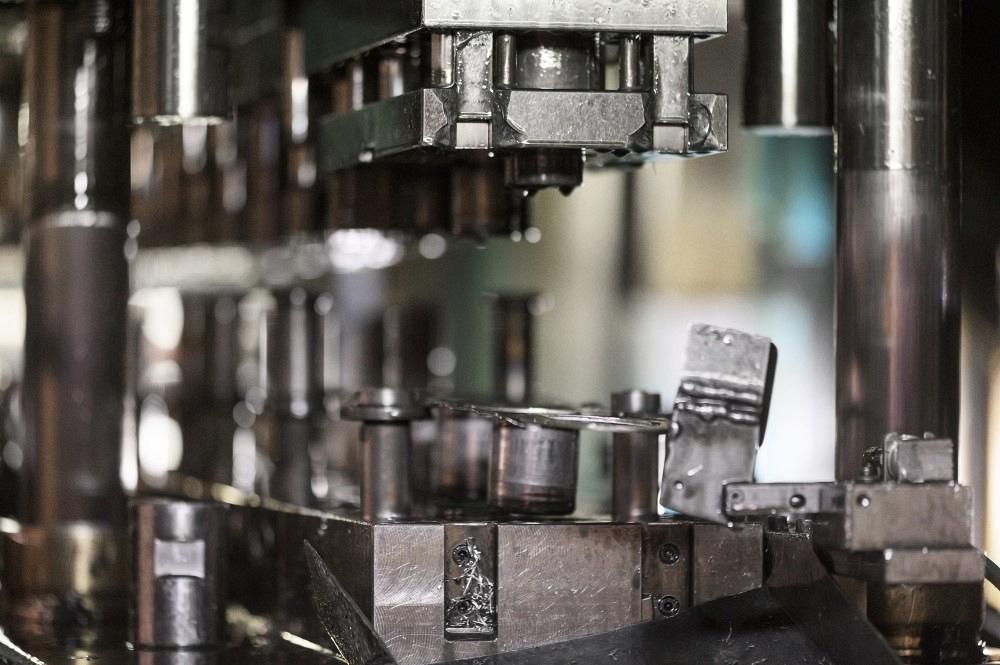The Advancement of Metal Marking Procedures: Innovations and Applications
The world of metal stamping processes has actually witnessed a transformative journey noted by constant development and adjustment to meet the demands of contemporary commercial practices. The applications cover throughout a range of industries, each benefiting distinctively from the improvements in steel marking processes.
Conventional Metal Marking Strategies
Traditional metal stamping methods have actually long been the structure of making procedures in various industries because of their effectiveness and accuracy. The procedure entails creating a steel sheet or coil into a desired shape by pressing it between a die and a punch. This technique is commonly made use of for producing large quantities of get rid of high precision at a rapid pace.
One of the key advantages of conventional metal stamping techniques is the ability to maintain tight tolerances, ensuring that each part fulfills the called for requirements continually. This degree of accuracy is crucial in sectors such as auto, aerospace, and electronic devices, where also minor discrepancies can lead to significant concerns.
In addition, typical steel stamping techniques supply cost-efficient options for mass manufacturing compared to other making techniques. The ability to mark components in quick succession decreases manufacturing time and decreases labor costs, making it an eye-catching choice for companies looking to maximize their manufacturing procedures.
Introduction of High-Speed Stamping

One of the vital advantages of high-speed marking is its capacity to maintain precision and consistency also at accelerated handling rates. This precision is critical in markets where limited tolerances and complex layouts are required. Furthermore, high-speed marking enables the handling of a wide variety of products, consisting of aluminum, stainless-steel, and copper, more expanding its applicability across numerous sectors.
Moreover, the emergence of high-speed stamping has actually made it possible for producers to meet the growing need for complicated parts in industries such as automobile, aerospace, and electronic devices (Metal Stamping). By leveraging the rate and precision of high-speed marking technology, business can improve their competition in a swiftly advancing he has a good point market landscape
Developments in Tooling Innovation
With the development of high-speed stamping enabling boosted accuracy and efficiency in metal creating processes, the field of steel marking has seen substantial innovations in tooling innovation. Tooling technology plays a crucial duty in metal stamping procedures, influencing factors such as item quality, manufacturing speed, and overall cost-effectiveness.
By using these innovative materials, tooling producers can generate passes away and molds that endure the high stress and temperature levels entailed in steel stamping processes, resulting in longer tool life and enhanced manufacturing performance. Overall, these developments in tooling innovation have reinvented the steel marking sector, allowing manufacturers to achieve higher levels of precision, productivity, and expense savings.
Combination of Automation in Stamping
As automation continues to reshape the landscape of metal stamping processes, the integration of automated systems has become increasingly prevalent in modern-day production centers. Automated systems use many advantages in metal stamping, including increased efficiency, boosted precision, and improved security. By integrating automation into stamping procedures, makers can minimize cycle times, reduce material waste, and optimize manufacturing throughput.
Among the crucial components of automation in marking is the use of robotic arms for jobs such as material handling, component manipulation, and top quality assessment (Metal Stamping). These robotic systems can execute repeated and labor-intensive jobs with speed and accuracy, maximizing human drivers to focus on even more complicated procedures. Additionally, automation enables real-time tracking and change of stamping procedures, resulting in greater overall procedure control and quality control
Furthermore, the assimilation of automation in stamping allows suppliers to accomplish regular part high quality, fulfill tight resistances, and enhance general performance. As technology remains to advance, the function of automation in steel stamping processes is anticipated to increase even more, driving advancement and efficiency in the manufacturing market.
Applications Throughout Diverse Industries
Including metal stamping procedures across diverse sectors showcases the adaptability look at this web-site and versatility of this manufacturing strategy. Furthermore, the appliance sector benefits from steel marking processes to make parts for fridges, cleaning machines, and various other home appliances. The versatility of metal marking processes makes it a beneficial manufacturing strategy throughout various markets, demonstrating its value in Clicking Here modern manufacturing processes.
Final Thought

Comments on “Specialist Tips for Picking the Right Metal Stamping Providers for Your Demands”